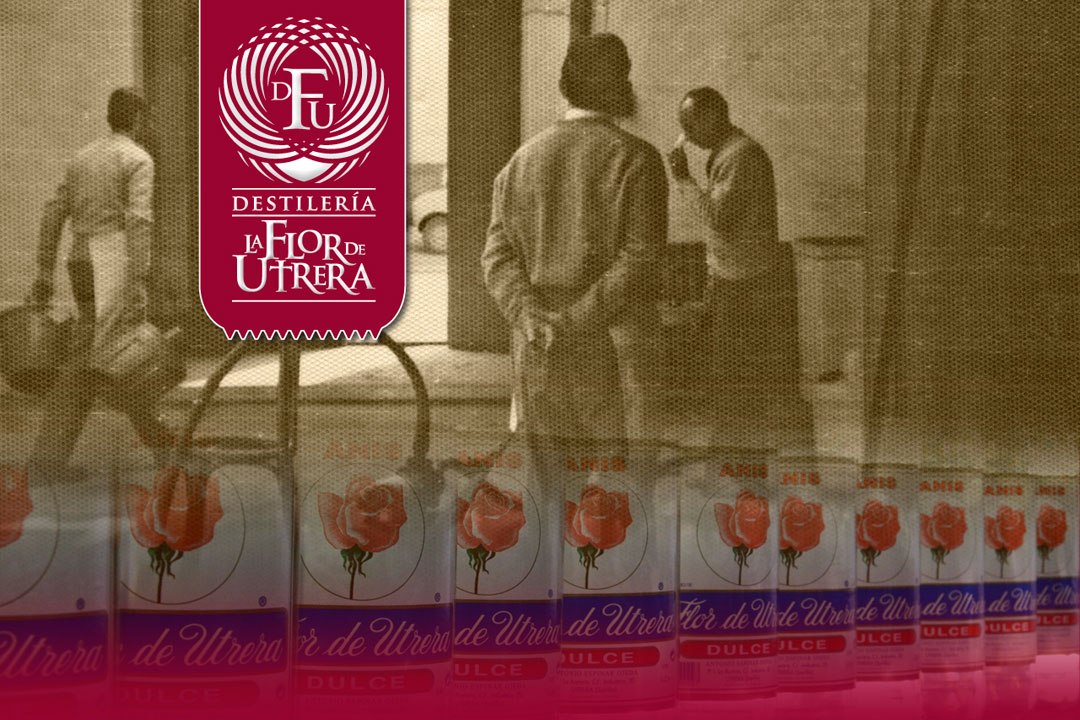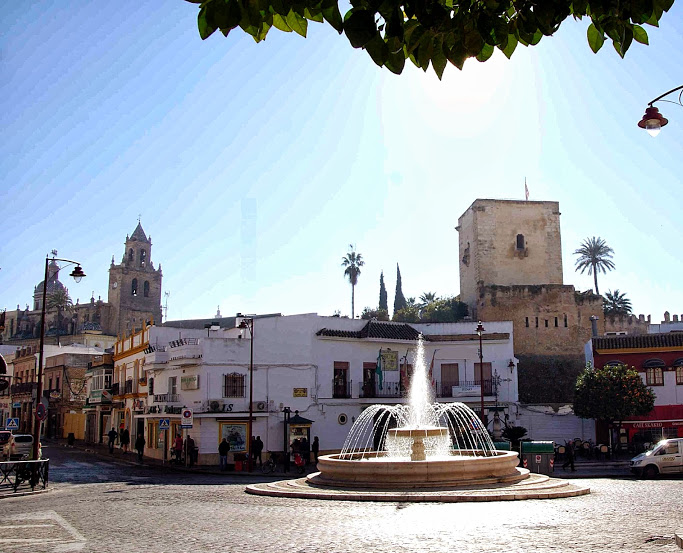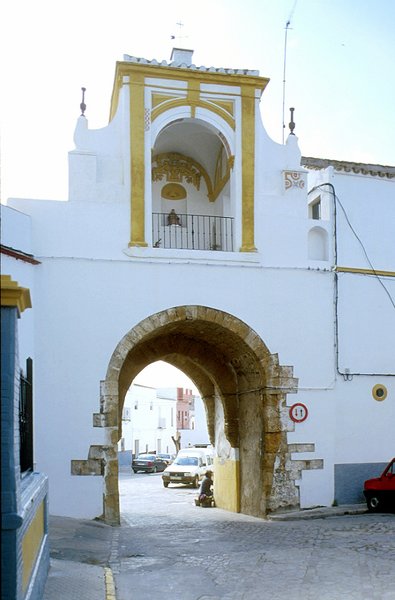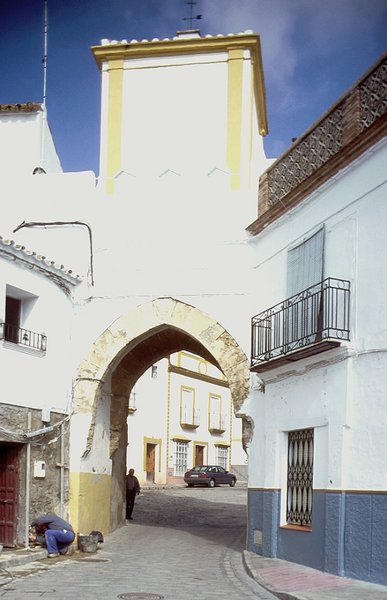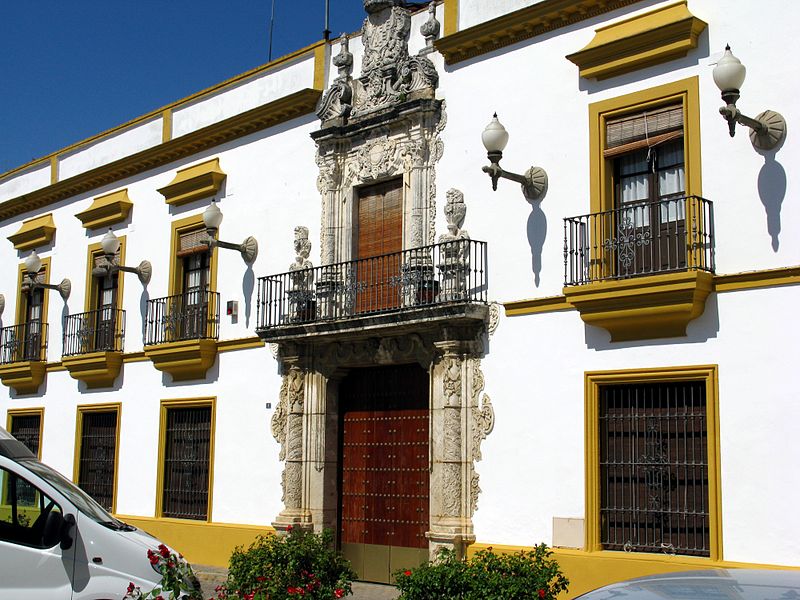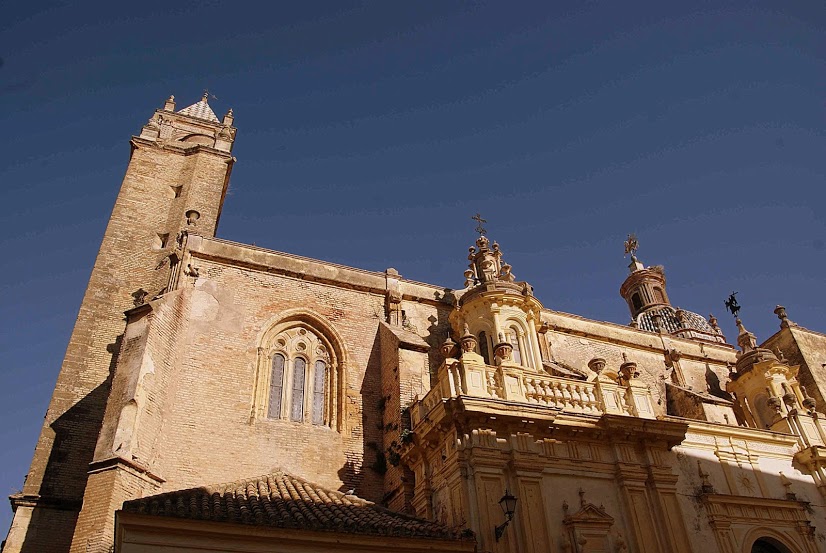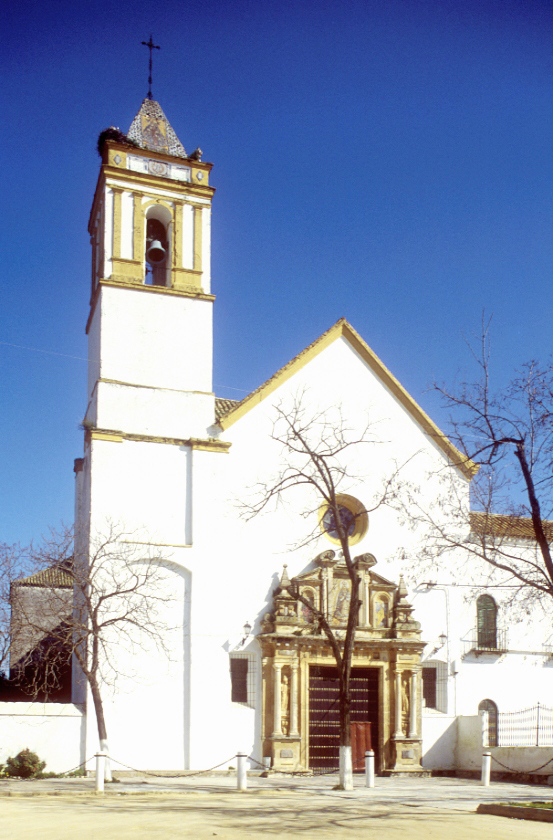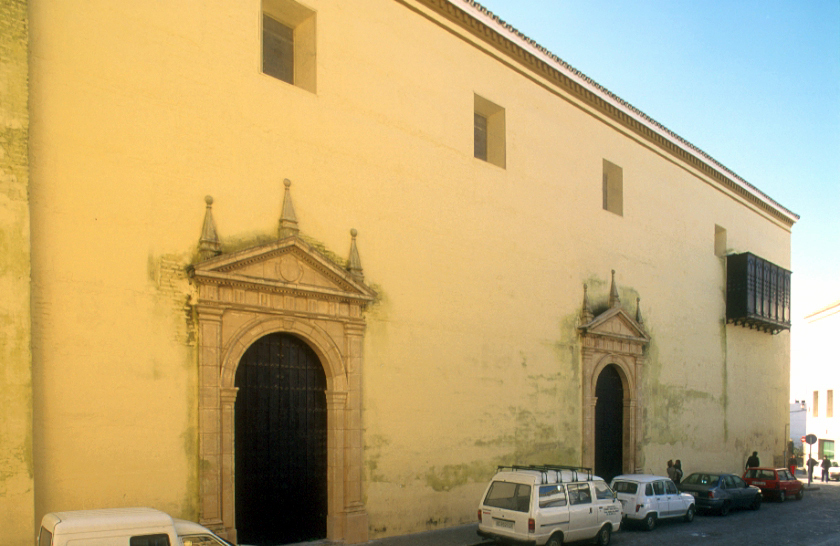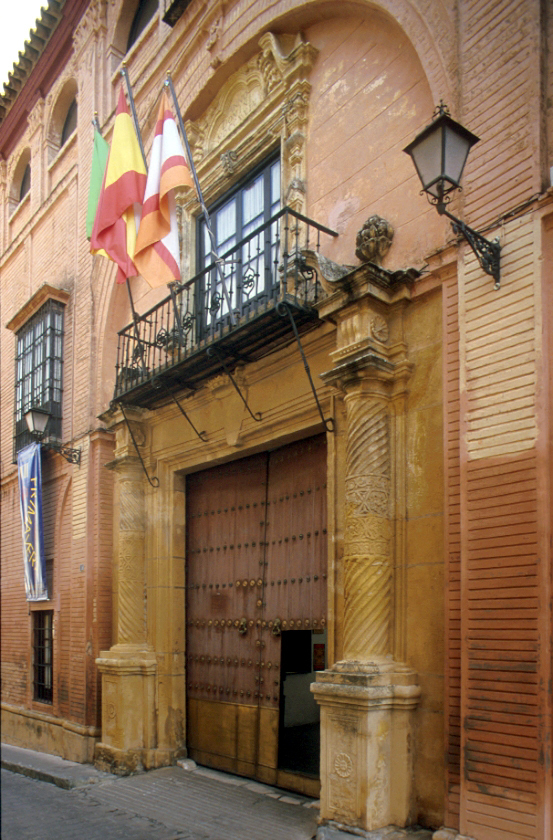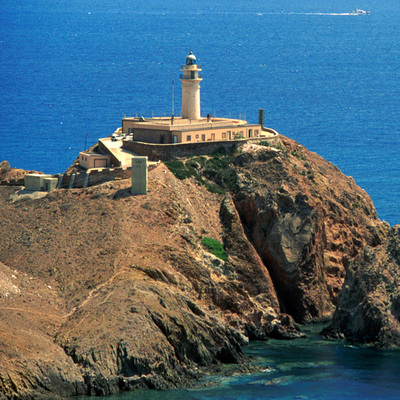Arco de la Villa de Utrera

The Arco de la Villa, recently restored, is one of the gateways in the second wall, built after the destruction of Utrera in 1368 and which protected the city from the late 14th century onwards.
The current structure of the Arco de la Villa has pointed openings and a Baroque chapel on the upper floor.
The new wall had already been included in the existing plans in the Church of Santa María dated 1767 and entitled “Plan of the Town of Utrera within the walls”, showing the civil and religious buildings and the location of the wall in the 18th century. This protected an area of some 18 hectares and was located around the streets of Cristo de los Afligidos, Roncesvalles, Álvarez Hazaña, Plaza del Altozano and the Plaza de la Constitución, adjoining the Castle along the northern and western flanks.
The above mentioned plan shows the the Castle and the walled enclosure with 38 towers and four gateways: The Puerta de Sevilla to the north, the Puerta de la Villa to the south, popularly known as the “Arco de la Villa”, the Puerta de San Juan to the east and the Puerta de Jerez to the West.
Subsequently, at the end of the 15th and beginning of the 16th century, the "Portillo del Niño Perdido" located in the Calle Álvarez, would be opened in the small Jewish quarter in Utrera, where you'll find the remains of the synagogue that, throughout history, has been converted for different uses.
Ideas for your trip
Services and infrastructure
Target audiences
Segments
Specialties
Open to visitors
You may be interested
